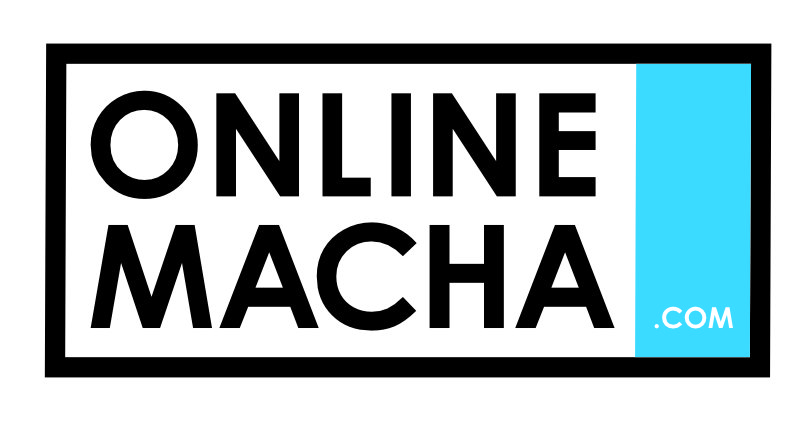With Donald Trump’s re-election as the 47th President of the United States on November 5, 2024, there’s renewed discussion on how his administration might impact international students, particularly those from India. Reflecting on Trump’s first term, marked by a firm stance on immigration, many international students and prospective applicants are curious about how his policies might shape U.S. education for foreign students. Analyzing his past term’s policies and his current economic agenda reveals both promising avenues and new considerations for Indian students.
Key Concerns and Reassurances for International Students

Trump’s previous tenure (2017–2021) included strict immigration reforms, but it also focused on differentiating between illegal immigration and the flow of skilled foreign professionals, including students in high-demand fields. While much of the rhetoric emphasized immigration control, policies affecting student and skilled-worker visas were often less restrictive than expected. His administration notably streamlined processes for the F-1 and H-1B visas, which are vital for international students and graduates pursuing long-term careers in the U.S.
Many fear Trump’s new term might introduce stricter policies for foreign students. However, recent statements suggest a shift in emphasis: Trump has voiced his support for retaining highly skilled international graduates, especially in STEM fields, reflecting his administration’s growing awareness of the need for skilled labor to support U.S. technological and economic growth. This stance promises stability for Indian students pursuing careers in science, technology, engineering, and mathematics.
Trump’s Policy Evolution: From Immigration Control to Skilled Graduate Retention

Trump’s initial term targeted immigration reform, yet foreign students and skilled professionals were somewhat shielded. In fact, during his first term, the issuance of F-1 student visas remained relatively stable, indicating that student-specific policies were maintained despite other immigration crackdowns. Similarly, the issuance of H-1B visas for skilled workers did not experience drastic cuts, highlighting the administration’s recognition of their role in the U.S. economy. Many Indian students continued to pursue higher education in the U.S., given the relatively accessible visa pathways.
New Policy Proposals Favoring STEM Graduates
In June 2024, Trump proposed a notable policy to grant green cards to international STEM graduates as part of his support for the Reforming American Immigration for Strong Employment (RAISE) Act, initially introduced in 2017. This Act aims to create a merit-based immigration system, prioritizing individuals with skills that meet U.S. labor demands. Trump’s renewed support for this policy emphasizes his administration’s intention to retain “brilliant international students,” especially those with STEM degrees. He recently reiterated his intent to prioritize these students, highlighting their role in U.S. economic expansion, especially as technology and engineering sectors grow.
The U.S. Economic Outlook and Job Market for Graduates

Trump returns to office with a favorable economic backdrop. Recent economic data shows the U.S. GDP growing at 2.8% in the latest quarter, with low unemployment rates signaling robust job availability. Analysts predict that Trump’s proposed business tax cuts could drive further economic growth, creating more jobs for skilled workers, including new graduates.

Projected industrial expansion also boosts optimism for Indian students aiming for U.S. careers post-graduation. Semiconductor manufacturing plants planned in states like Texas, Ohio, and Arizona are expected to generate substantial demand for engineering and technology professionals. These projects are set to open by 2026 and offer clear job prospects in high-demand areas for international students who complete their studies in related fields.
Addressing Misconceptions and Future Opportunities
It’s crucial to distinguish Trump’s stance on illegal immigration from policies affecting skilled international students. Despite campaign rhetoric, his administration has historically supported the F-1 and H-1B visa programs. This distinction underscores Trump’s recognition of the value that international students add to the U.S. economy. For example, H-1B visa issuance remained consistent during his first term, reassuring skilled graduates that their contributions are appreciated and needed.
Prospects for Indian Students: A Promising Path Forward
As the new administration takes shape, Trump’s economic focus and pro-STEM policies offer positive signals for Indian students in the U.S. As the U.S. economy stabilizes, the demand for tech, healthcare, and engineering roles continues to rise, creating more opportunities for qualified graduates. The U.S. Bureau of Labor Statistics projects steady job growth in technology (15%), healthcare (13%), and engineering (4%) through the next decade. For Indian students in STEM fields, these trends mean a stable path to meaningful careers in the U.S.
Conclusion: Encouragement for Indian Students
Indian students aspiring to study in the U.S. can remain optimistic about their educational and career prospects. While Trump’s return has generated some uncertainty, his past administration’s emphasis on skilled immigration, along with current pro-STEM statements, suggests a favorable environment for international talent. Given the economic momentum, demand for skilled labor, and proposed visa reforms, students in technical and high-demand fields can look forward to promising opportunities in the U.S.





